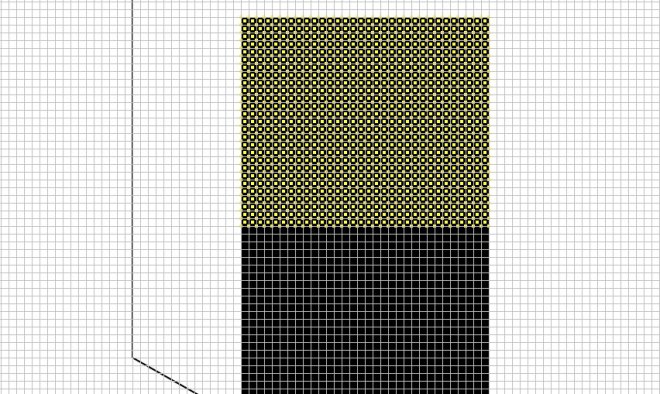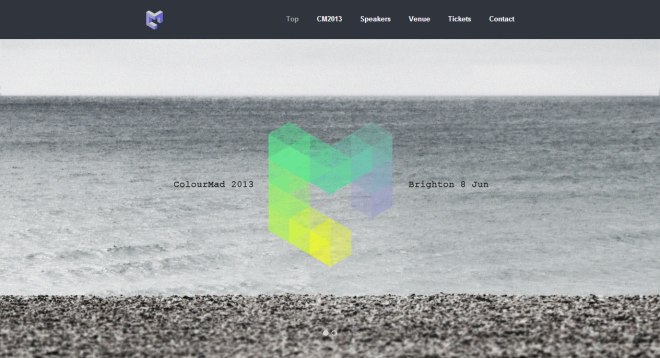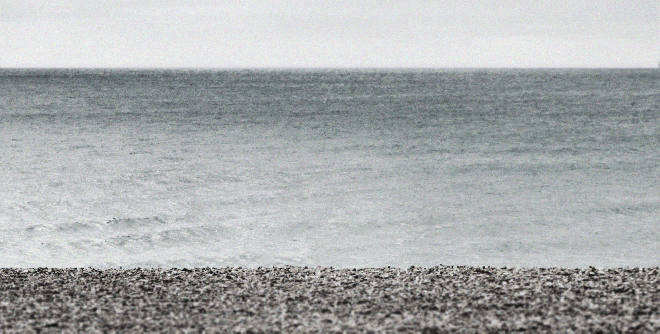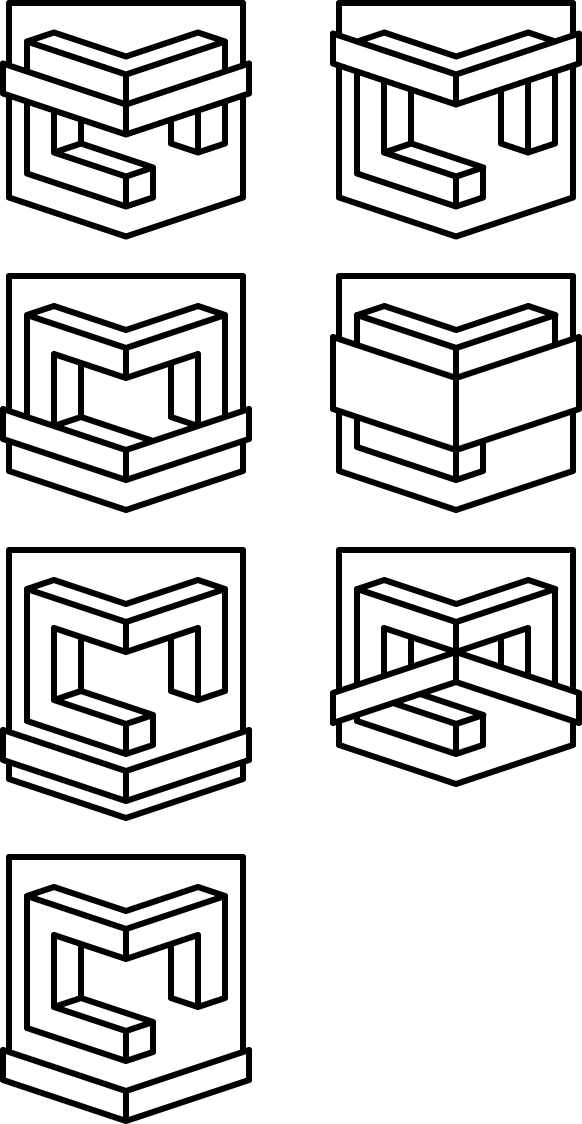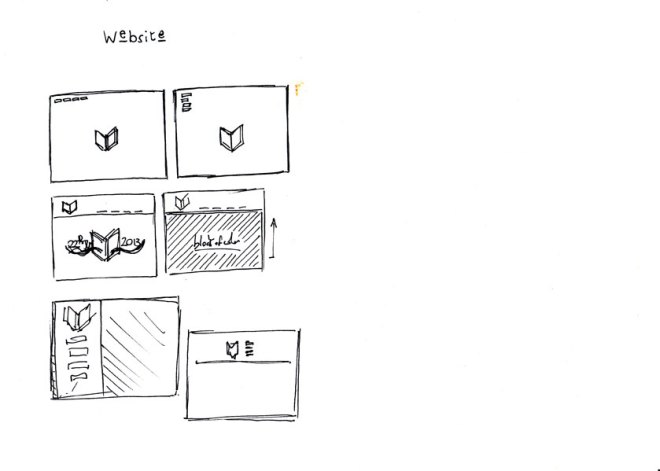For this project I’ve decided to produce a website promoting a fictional event for all the colour lovers of Brighton and surroundings. Something like “Hex Triplets & Patterns Exchange”, maybe.
I can picture in my mind this meeting where people can show and share their favourite colours, palettes and patterns using all sort of electronic device provided with WiFi or even prints and get inspired from the latest colour trends both in graphic and web design (a sort of real version of colourlovers.com website).
HEX TRIPLET
A hex triplet is a six-digit, three-byte hexadecimal number used in HTML, CSS, SVG, and other computing applications, to represent colors. The bytes represent the red, green and blue components of the color. One byte represents a number in the range 00 to FF (in hexadecimal notation), or 0 to 255 in decimal notation. This represents the least (0) to the most (255) intensity of each of the color components. Thus web colors specify colors in the Truecolor (24-bit RGB) color scheme. The hex triplet is formed by concatenating three bytes in hexadecimal notation, in the following order: Byte 1: red value (color type red); Byte 2: green value (color type green); Byte 3: blue value (color type blue).
For example, consider the color where the red/green/blue values are decimal numbers: red=36, green=104, blue=160 (a greyish-blue color). The decimal numbers 36, 104 and 160 are equivalent to the hexadecimal numbers 24, 68 and A0 respectively. The hex triplet is obtained by concatenating the 6 hexadecimal digits together, 2468A0 in this example.
Note that if any one of the three color values is less than 16 (decimal) or 10 (hex), it must be represented with a leading zero so that the triplet always has exactly six digits. For example, the decimal triplet 4, 8, 16 would be represented by the hex digits 04, 08, 10, forming the hex triplet 040810.
The number of colors that can be represented by this system is 256×256×256 (2563, or 256 cubed) = 16,777,216.
PATTERNS
Pattern is a specific type of visual texture and is traditionally derived from a defined and repeated compositional structure always appearing in an organized and regimented graphic manner.
The visual elements of point, line, and shape are the basis for creating pattern throughout history. Combining pattern with the organizational design principle of the grid, graphic designers can create an infinite variety of end results. By utilizing a singular element in different organizations, configurations, and compositions, patterns can be realized with endless variations either subtle or obvious, all built around a singular common graphic denominator.
Historical influences
Throughout history, an abundance of pattern making has occurred in practically every culture around the world. Patterns have been evident not only in the graphic arts, but in fine and applied arts, such as textiles, pottery, wallpaper, apparel, furniture, interiors, metalwork, ceramic tiles, mosaics, and stencils, as well as new and innovative digital experiments by contemporary artists and graphic designers.
Artists and graphic designers have also developed a wide range of styles, forms, and motifs. For example, early twentieth-century innovators of pattern making include William Morris (British), Koloman Moser (Austrian), Anni Albers (German), Fortuny (Italian), Alvin Lustig (American), Ray Eames (American), and Alexander Girard (American) up to contemporary designers such as Richard Rhys (British).
In the early 1900s, with the advent of the modernist movement in the visual and applied arts, a preference for minimalist surfaces and textures became the norm; ornate patterning and overtly decorative surfaces were avoided. This trend has now been tempered, and a far wider palette of choices is now evident and appreciated worldwide.
Basic structures and forms
A pattern can be a theme of recurring events or objects, sometimes referred to as elements of a given set. These events, objects, or elements always repeat themselves in a predictable and organized manner. Pattern has a strong relationship to geometry, since it is an organized and regimented texture in which singular elements are composed on a defined and repeated structure. It is due to this underlying structure that patterns are always synthetic, man-made, and mechanical, and never organic.
The most basic patterns are composed through repetition and are considered a repeat of any visual element such as point, line, shape, form, or color. A single element is combined with duplicates of itself without change or modification. For example, a checkerboard is a simple pattern based on alternating squares of black and red.
Patterns can also be based on familiar elements, such as in simple decorative patterns of stripes, zigzags, and polka dots. Other patterns can be more visually complex and can be found in nature, art, and the built environment. These include arabesques, branching, circulation, fractals, helixes, lattices, meanders, nests, polyhedra, spheres, spirals, symmetry, volutes, and waves. A recurring pattern in fine art and architecture is referred to as a motif.
Moirés are also a form of pattern first used after World War II, when graphic designers began to exploit and experiment with the conventional methods and attributes of process reproduction and offset printing. Moiré patterns revealed to the viewer the layered tints and enlarged halftones of these processes, creating dynamic and unexpected visual effects of color and texture that had not been visually experienced before this time period. Today, digital software is an easily accessible and immediate means by which the same visual pattern effects can be achieved.
Source: The Language of Graphic Design







